Month of Promises
March is the month of promises. The plants are declaring their intentions to grow. “All will be well,” I repeat to myself, “The plants are telling me so. They will keep their promises.”
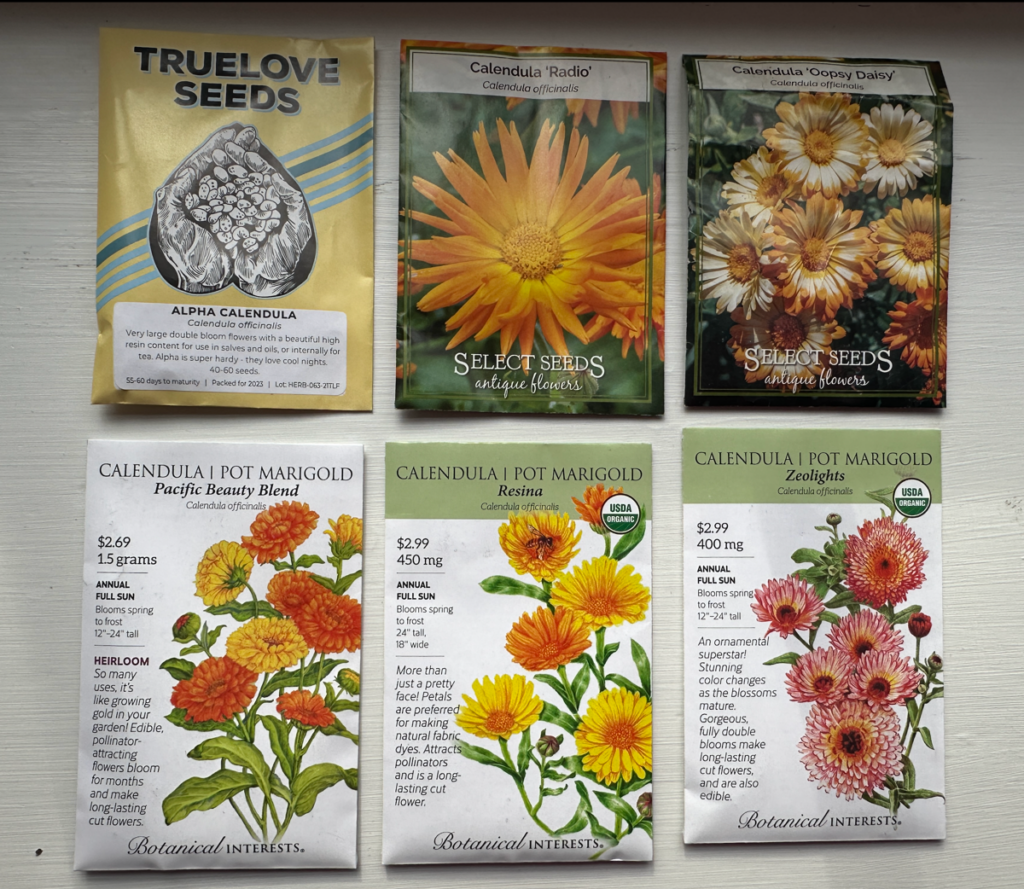
I always think of March as the beginning of the year here at Northview. It has many more new beginnings than January ever does. The only thing that January promised me this year was that it would bring terrible cold, ice, snow, and beastly wind – not my favorite things.
I relish this time of year. With the warming air comes the early daffodils, rock garden irises, and plentiful witch hazels. Tiny promises to be sure, but I can find them. Take some time to be outside and reacquaint yourself with your garden. Make your plans, sow your seeds, and get excited about the new gardening season to come.
My Garden Travels
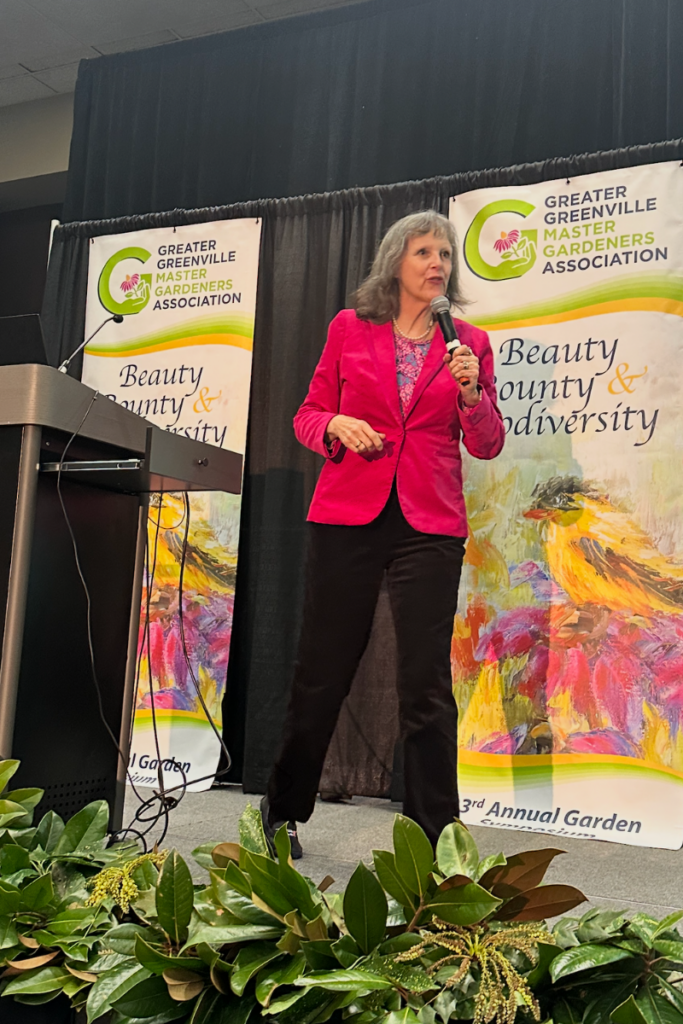
“On the road again” springs to mind this month. That is the only line I can remember of that song – but it is my theme song this month. Trips to Dayton, Ohio being hosted by the Garden Club of Dayton and to the Master Gardeners of Montgomery County, Ohio. Then to Greenville, South Carolina, for two lectures for Greater Greenville Master Gardeners Association symposium entitled “Bounty, Beauty, and Biodiversity.” Then back across the country to the Northwest Flower and Garden Festival in Seattle to talk about “Shade Gardening.” Closer to home, I will be speaking at the Philadelphia Flower Show.
Four Easy Annual Flowers From Seed
Every year, at this time, I write about seed sowing because I am passionate about it – it is so much fun. It is an inexpensive way to add lots of flowers to your garden. There are some reliable favorites I always sow and a few new ones to try. In this way, my garden feels the same and yet slightly different. My spring-into-summer garden is not complete without these beauties.
One of the primary uses of flowers in my garden is for cutting and bringing into the house. It brings me so much pleasure and I make sure to leave plenty of flowers in the garden for pollinators.
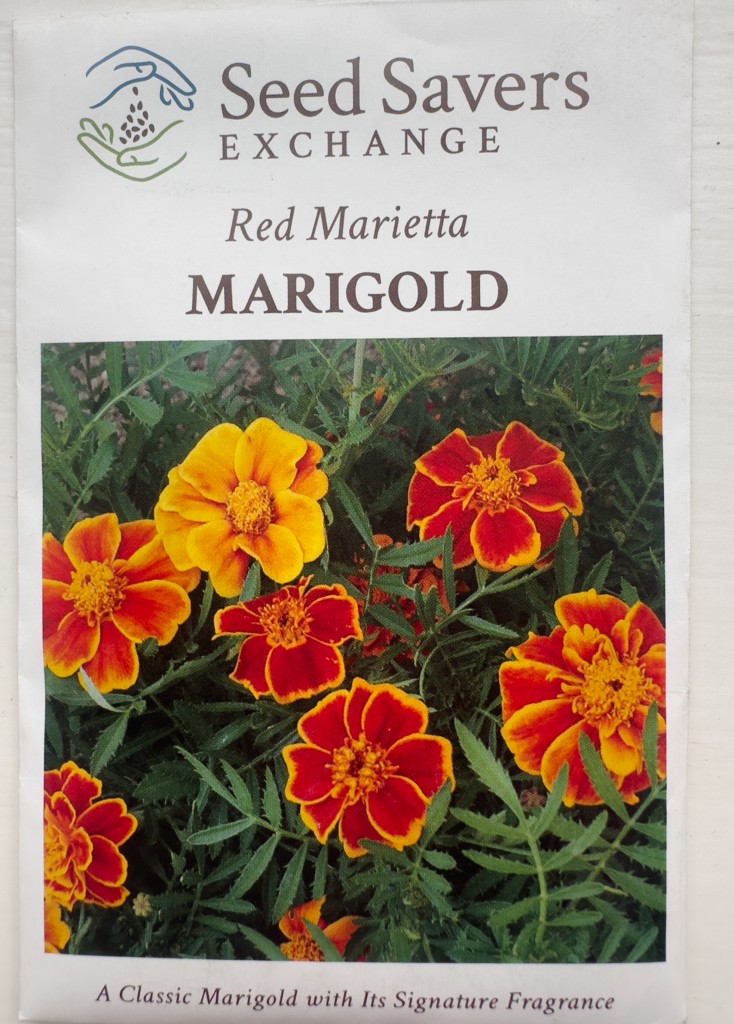
Plant of the Month: Calendula
The plant I have chosen for this month is calendula, an annual flowering plant. It is easy to start from seed, either indoors or directly sown into the soil. It is a cool-season or hardy annual, so the plants can withstand light frost. However, it will diminish in productivity in the heat.
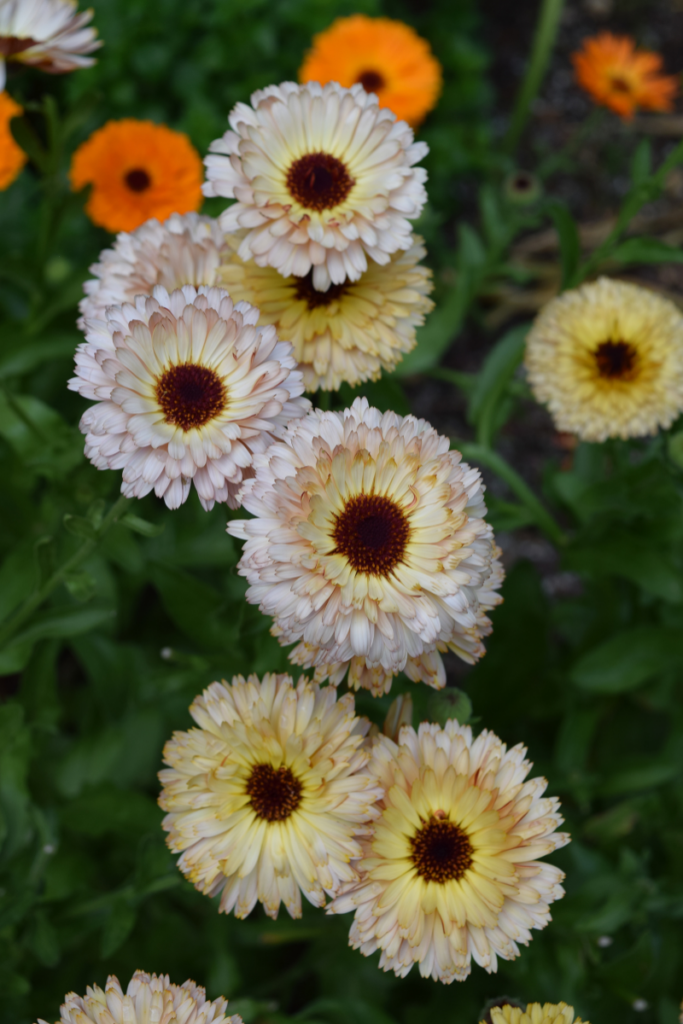
Calendula is one of my “must have” plants. They are easy to grow in the temperate summers of my native UK. They are a lovely memory flower from childhood and my first garden when I got married. The ones that I grew there, in a rented house, just outside Oxford, were bright orange, but the yellow and peach colored flowers are also pretty.
The flower is a daisy type. Although, there are also double flowers with no obvious centers.
In my garden here at Northview, they do well when I sow them both in the spring and fall. I like to plant some inside for my first batch, and then succession sow directly into the soil for later blooms. The seeds are shaped like a comma and are large enough for children or anyone with shaky hands to handle easily.
If you are planting them inside, use a peat-free compost labelled for seed starting. Push each seed gently into the soil and then cover the pot with newspaper to keep it in the dark. This encourages germination of the seeds. Keep them warm and moist, and germination will be fairly quick.
Outside, you just tuck the seeds directly into soil as soon as it is workable (usually a few weeks before your last frost date). In the future, if you garden in a temperate climate, they can be sown in the autumn. In my continental climate, I wait until March to start the first seeds.
Calendulas do not need anything special to thrive, so it is simple to look after them. I grow them in my Herb Garden because their petals are edible – as long as you do not use any chemicals in your garden. The cheerful orange or yellow petals look lovely tossed on top of a salad, or added to rice to give a yellow tinge. They have been used as a cheap alternative to the expensive spice, saffron.
Plant calendula where they will get at least six hours of sun a day in the summer. Water them at the root zone when the soil is dry. Cut flowers to use in posies or herbal tussie mussies, and deadhead old flowers to encourage new bud formation. Do not be discouraged if flower production slows down or stops after about July 4th. Look after the plants and give them a bit of a trim. If you can keep the plants alive, they should flower again as night temperatures fall in September.
Calendula is the National Garden Bureau Annual Plant of the Year 2025, so if you need any more information there is plenty more at their website (link below). Give them a try! They are easy, and their seeds are inexpensive.
Open Garden Days at Northview
Celebrate spring with Jenny Rose! Our Spring 2025 Open Garden Days at Northview begin in April.
Thursday, April 17th
Thursday, June 5th
10:00am to noon
$20/person entry fee
For more information, contact us at jennyrosecarey@gmail.com
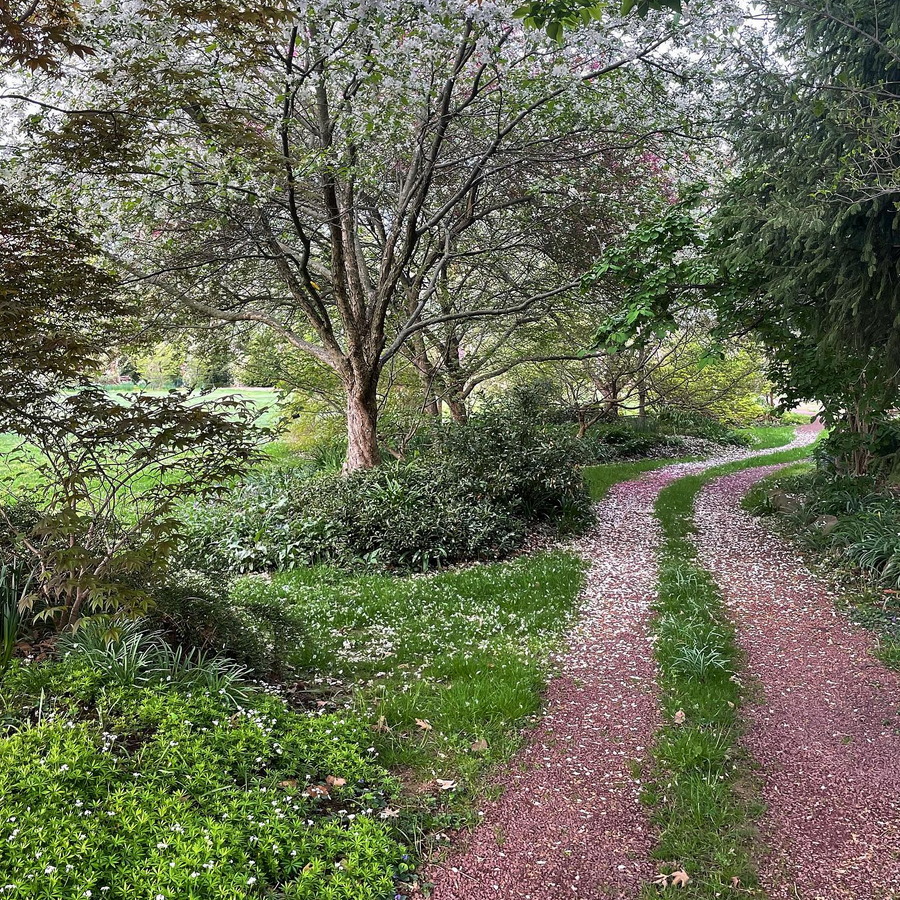
Book Club: The Practical Flower Garden
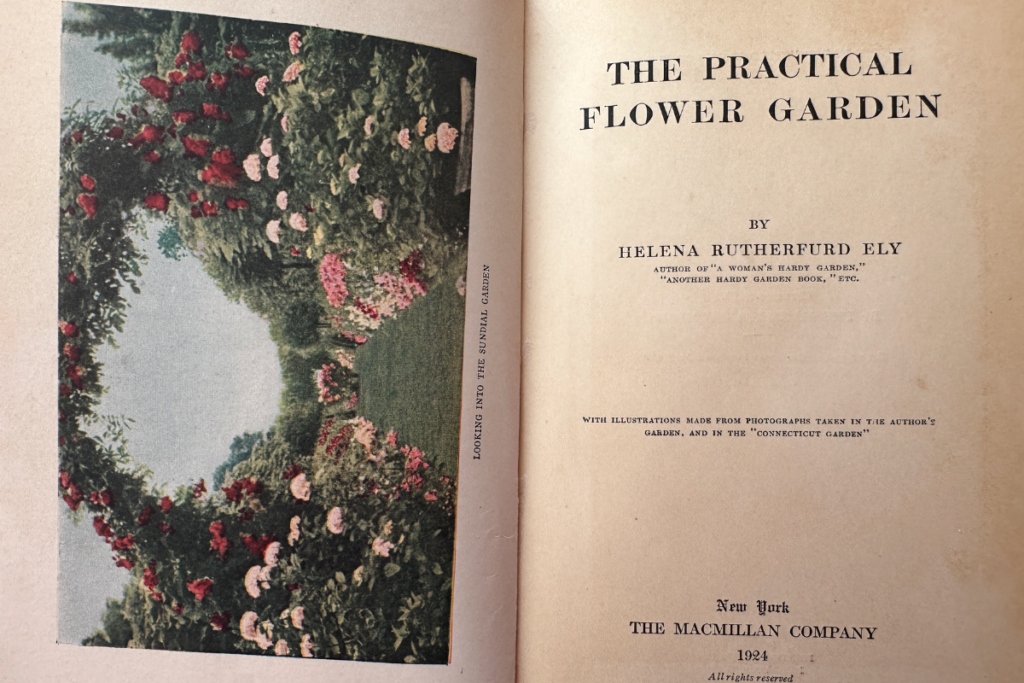
This book is a hundred years old, yet we can still enjoy reading it. While Helena is not the most fluid of writers, she writes from practical knowledge.
The quote at the top is indicative of the knowledge that she has gathered from her garden and is passing on to the reader. She continues: “I always mark the plants whose seeds I wish to save by tying white strings about the stems when in full bloom as a sign to all that that blossom must not be cut.” So far so good… “My maid keeps me supplied with a box containing little pieces, about eight inches long and an inch wide, of white muslin…” That is where she loses me. It was a different time and a different world.
Reading these old gardening books does give me a window into life of a century ago. Occasionally, the writer’s comments are jarring, but I try not to judge. We are all grounded in our own time and place, so I choose to read to try to understand both the gardening and the way of life back then.
From a gardening perspective, Helena has plenty to offer about designing color-themed gardens, planting wild gardens, and growing a wide variety of plants from seeds. Remember, these themes were the popular ones being echoed across the Atlantic Ocean from the writings of William Robinson, Gertrude Jekyll, and others. Helena was one of the first writers to take up the writing baton specifically for the American market. She was involved with the new garden club movement and was a Vice-President of the Garden Club of America. Her home and gardens, Meadowburn Farm on the New Jersey – New York border, are open to the public occasionally.
Note: I am not sponsored to promote books found in these newsletters. They are featured because I truly love them.
In Case You Were Gardening…
5 Plants with Heart-shaped Leaves for Your Garden-Loving Valentine – February 17, 2025
Sowing the Seeds of a Flowery Garden – March 1, 2023
From Seeds to Flowers – February 7, 2024
If you like this newsletter, please tell your gardening friends about it. It is easy to subscribe by contacting me via my website.
If you would like to see photos of my garden at Northview and images of my garden travels, please follow me on Instagram @NorthviewGarden and @JennyRoseCarey
Bye for now,

PS: If you want to hear more of my thoughts and support me in what I do, check out my books. Glorious Shade celebrates the benefits of shade and shows you how to make the most of it. This information-rich, hardworking guide is packed with everything you need to successfully garden in the shadiest corners of a yard.The Ultimate Flower Gardener’s Guide gives home gardeners the confidence they need to create the flower-filled garden of their dreams. Instead of concentrating primarily on color, it brings flower shape and texture to the fore, helping homeowners make plant choices that come together in an aesthetically pleasing way.





Leave a Reply